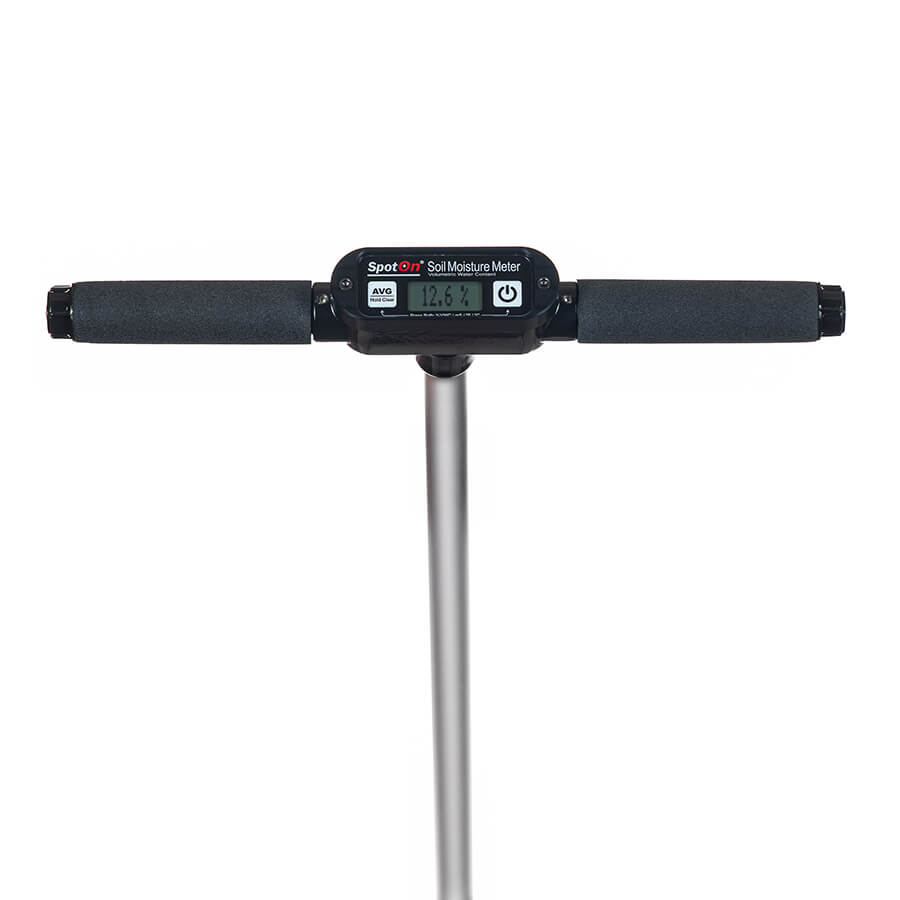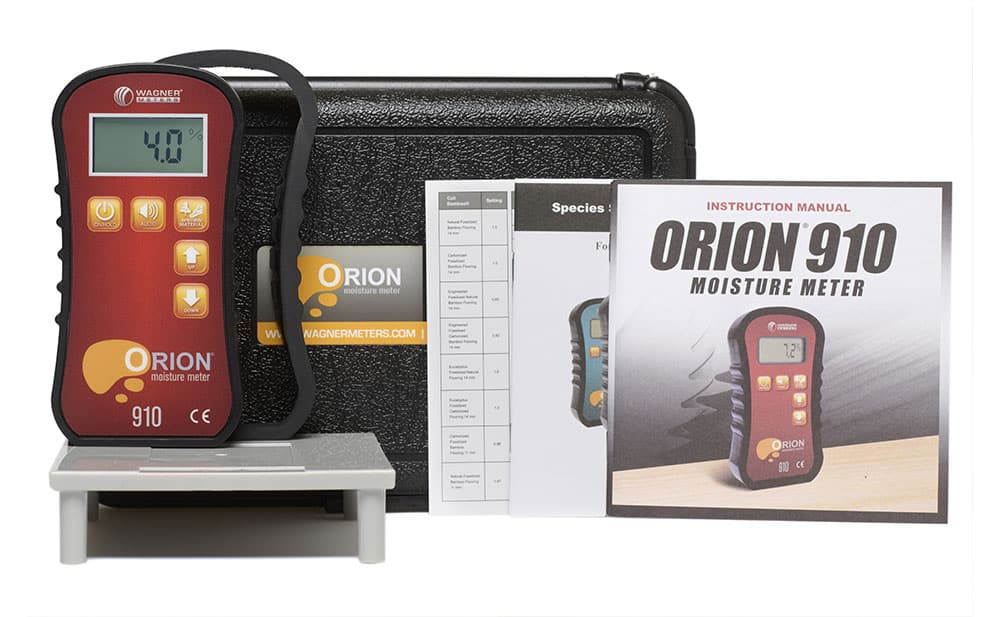Just how to Use a Moisture Meter to Find Hidden Water Damage in Your Building
Just how to Use a Moisture Meter to Find Hidden Water Damage in Your Building
Blog Article
Recognizing the Significance of a Moisture Meter in Stopping Mold and Water Damages in Your Home
In the world of home maintenance, the visibility of dampness can typically be a silent yet formidable foe, qualified of creating pervasive mold growth and insidious water damage if left unattended. Comprehending the importance of a dampness meter in this fight is not just an alternative however a strategic need.
Importance of Moisture Detection
Effective wetness detection techniques are vital for protecting buildings and protecting against prospective mold and mildew growth and water damage. Dampness can permeate into different building materials, causing architectural concerns and carcinogen. By making use of a wetness meter, homeowner can proactively identify areas vulnerable to excess moisture, permitting timely intervention and mitigation strategies.
Moisture meters give precise readings of dampness levels in various materials such as wood, concrete, and drywall. This data aids in identifying locations of concern, even in hard-to-reach or surprise places. Early detection of dampness buildup allows prompt repair services or adjustments to avoid further damage.

Just How Moisture Meters Work
Dampness meters play a crucial role in the positive identification of excess moisture, helping in the avoidance of possible mold and mildew growth and water damages by offering accurate readings of moisture levels in various building products. Some advanced wetness meters pin both combine and pinless technologies for thorough wetness discovery. Understanding exactly how moisture meters function is vital for prompt and accurate moisture level evaluations, making it possible for efficient preventative actions versus mold and water damages.
Detecting Early Indication
Upon first evaluation of a building, recognizing subtle signs of excess wetness ends up being critical in the early detection of possible mold and mildew growth and water damage. Water spots can indicate leakages or infiltration, while peeling off paint or wallpaper may be a result of moisture compromising the bond of these products to the surface. In addition, an increase in allergic reaction signs or respiratory concerns among residents might recommend the presence of mold and mildew due to excess dampness.
Stopping Mold Development
Identifying very early indication of excess moisture within a property not just makes it possible for timely detection of possible mold and mildew development and water damage but also functions as an aggressive procedure in preventing the proliferation of mold and mildew. To properly stop mold development, it is essential to resolve any kind of sources of moisture promptly. This can consist of repairing leaks in pipes, home windows, or roofings, making sure appropriate ventilation in moist areas like cooking areas and bathrooms, and making use of dehumidifiers in high-humidity spaces. Regularly maintaining the building and checking's plumbing, roofing, and gutters can likewise aid in avoiding water intrusion that might bring about mold growth.
Along with resolving moisture sources, keeping indoor humidity levels below 60% can substantially hinder mold and mildew development. Correct air flow, ample insulation, and using ac unit or followers can aid manage interior moisture degrees. Monitoring dampness degrees in locations susceptible to moisture, such as basements and crawl areas, using a wetness meter read can likewise help in early detection of elevated dampness levels and possible mold and mildew growth. By taking positive steps to avoid excess wetness and mold and mildew growth, home owners can guard their building and interior air high quality.
Benefits of Routine Monitoring
Normal monitoring of wetness degrees in a property can play an essential role in maintaining a healthy and balanced interior setting and avoiding potential mold and water damage. By frequently checking moisture levels, property owners can identify any type of issues without delay and take required actions to stop mold growth and water damage. One of the vital benefits of regular monitoring is very early detection. By best site determining and dealing with high dampness degrees early, homeowners can interfere before mold and mildew has the possibility to create and spread. This aggressive technique can conserve both money and time in the future by avoiding considerable mold removal and repair work costs.
Additionally, regular tracking enables homeowners to track patterns and trends in dampness degrees over time. Inevitably, the regular surveillance of dampness levels equips house owners to protect their residential property, protect their health, and protect the integrity of their indoor setting.

Conclusion

By utilizing a moisture meter, residential or commercial property proprietors can proactively recognize areas susceptible to excess moisture, enabling for prompt intervention and reduction techniques.

Keeping track of moisture levels in locations prone to wetness, such as cellars and creep areas, utilizing a wetness meter can also assist in very early detection of raised wetness degrees and potential mold and mildew development. (Moisture Meter)
Report this page